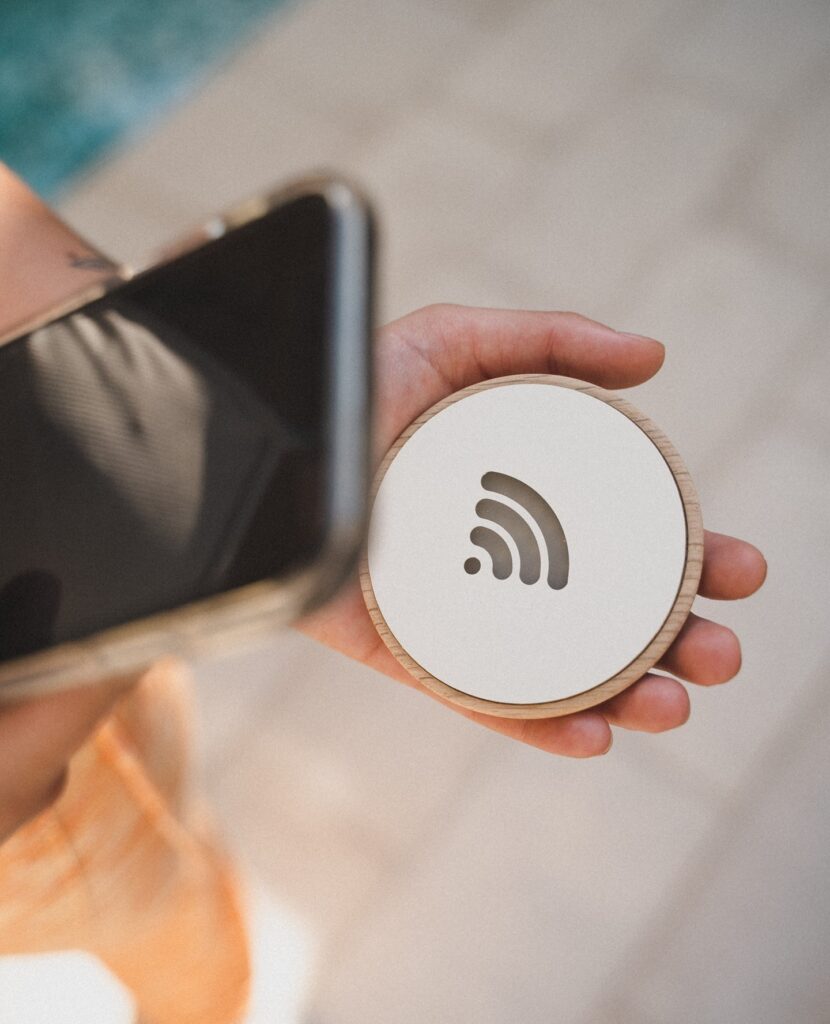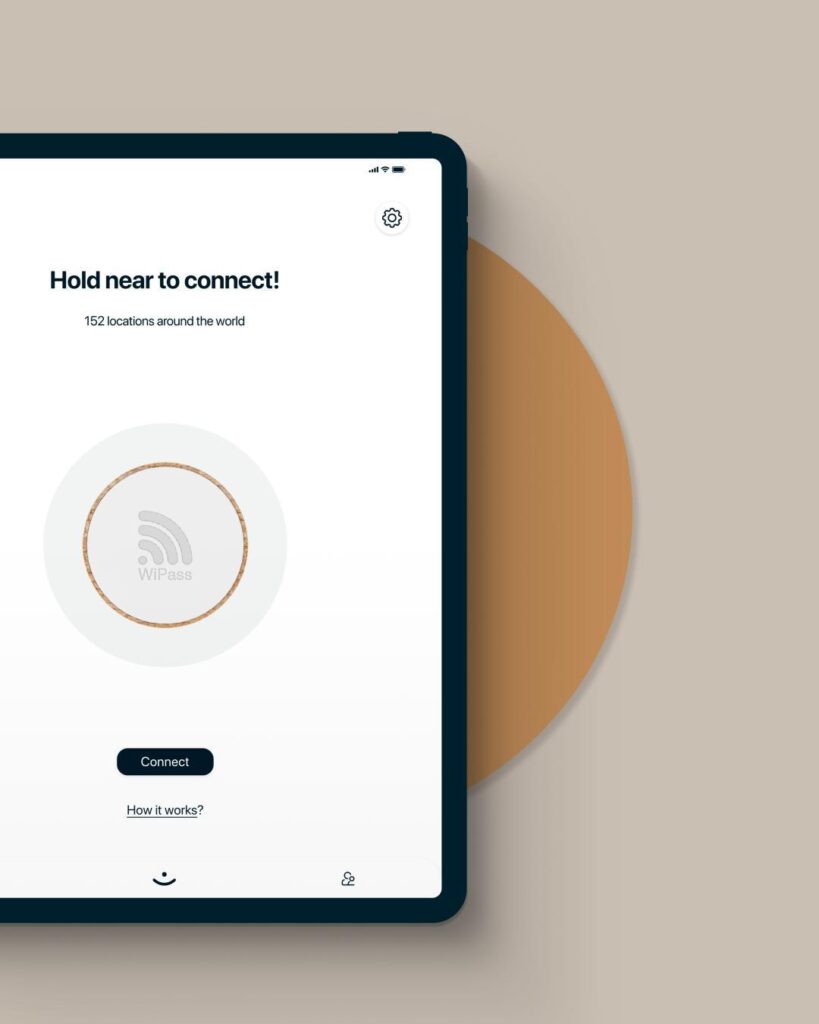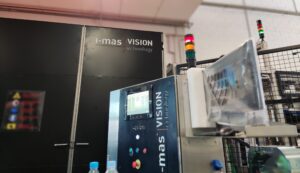Industrial product design has been influenced by various aesthetic and functional trends throughout history. However, few styles have had as significant and lasting an impact as Scandinavian design.
Discover in this article the origins of Scandinavian design and its direct influence on the design and development of products. Keep reading!
Origins and Philosophy of Scandinavian Design
Scandinavian design emerged in the mid-20th century in the Nordic countries: Sweden, Denmark, Norway, Finland, and Iceland. This movement is characterized by its commitment to functionality and simplicity, reflecting the cultural values of the region, such as appreciation for nature, sustainability, and human well-being.
Influence on Product Design and Development
Simplicity and Functionality
This approach has led to the creation of industrial products that are intuitive and easy to use. In product design and development, this simplicity translates into clean interfaces, geometric shapes, and a reduction of unnecessary elements.
Natural Materials and Sustainability
The use of natural and sustainable materials is another fundamental characteristic. In industrial product design, this is reflected in the preference for woods, metals, and natural fibers that are aesthetically pleasing and environmentally friendly. This approach not only enhances the product’s aesthetics but also contributes to long-term sustainability.
Ergonomics and User Well-being
Scandinavian design places significant emphasis on ergonomics and user well-being. Industrial products designed under this influence are often highly ergonomic, offering comfort and ease of use. In product development, this translates into user-centered design, where the needs and experiences of the end user are prioritized.
Innovation and Adaptability
Although Scandinavian design is known for its minimalism, it is also a fertile ground for innovation. Product designers draw inspiration from this approach to develop industrial products that are both innovative and adaptable to the evolving needs of the market.
Product Design at i-mas | WiPass Project
A clear example of how Scandinavian design principles have influenced product design and development is the WiPass project. This project faced the challenge of developing a compact, wireless, and battery-free Wi-Fi device.
Our product design team at i-mas created two prototypes to offer different versions of the final product. The first version is a compact device with an injection-molded plastic base and a soft-touch silicone cover, designed for mass production. The second version is a premium option with an eco-friendly concept, featuring a wooden base.
WiPass is an electronic device that provides access to the Wi-Fi network of the home or establishment where it is located. By bringing your mobile device close to it, the device communicates with the WiPass app and grants you access to the previously configured network.



The design and development of WiPass is a perfect example of how these principles can be applied in practice. The combination of simplicity, functionality, and sustainability in the design of this device demonstrates how Scandinavian influence can lead to innovative, user-centered products.
Additionally, it stands out for its minimalist and simple design, featuring a wooden base that adds elegance and warmth while maintaining functionality and ease of use.
Are you looking for a product design and development company in Barcelona? Contact us today!



